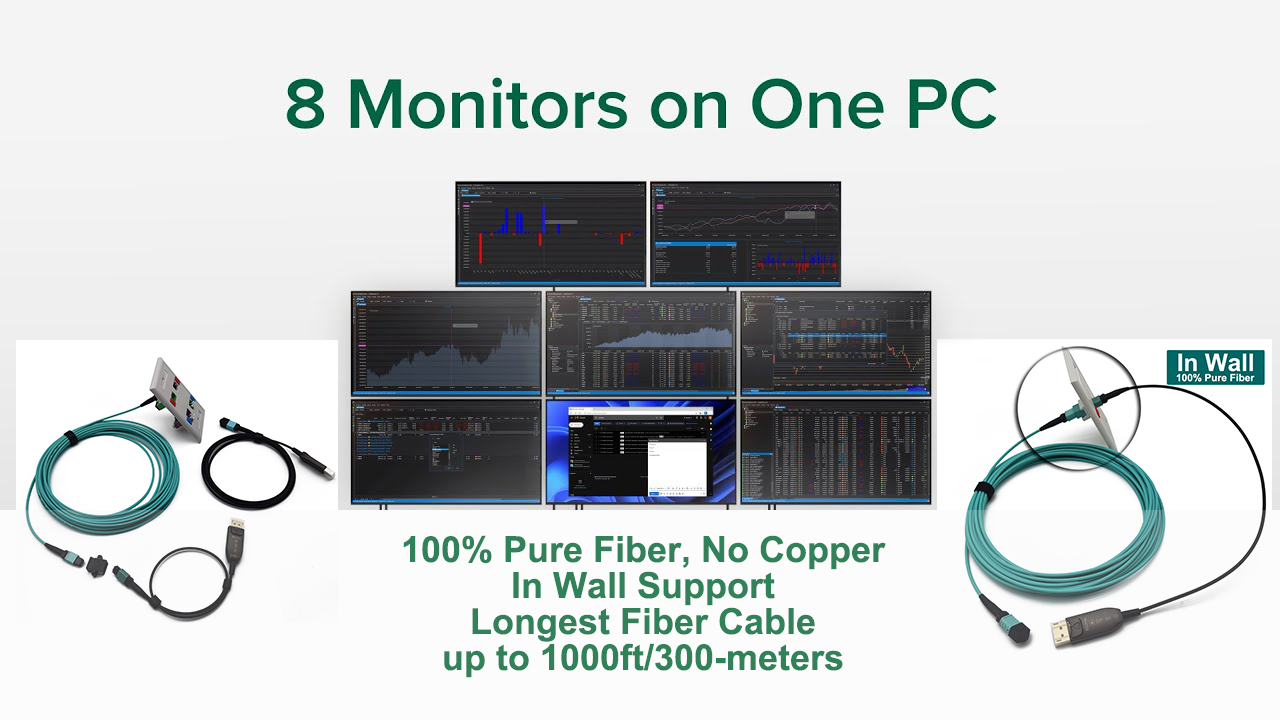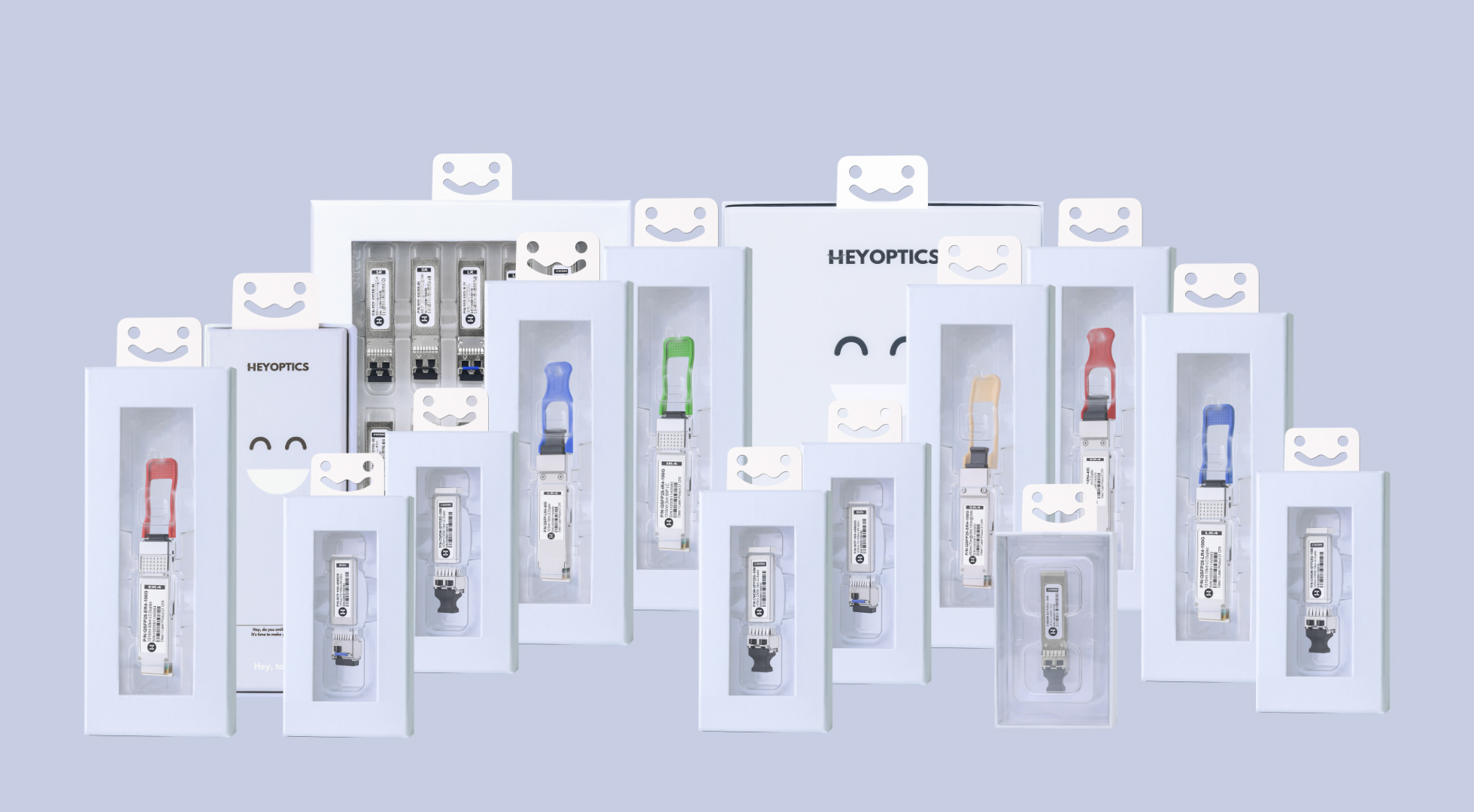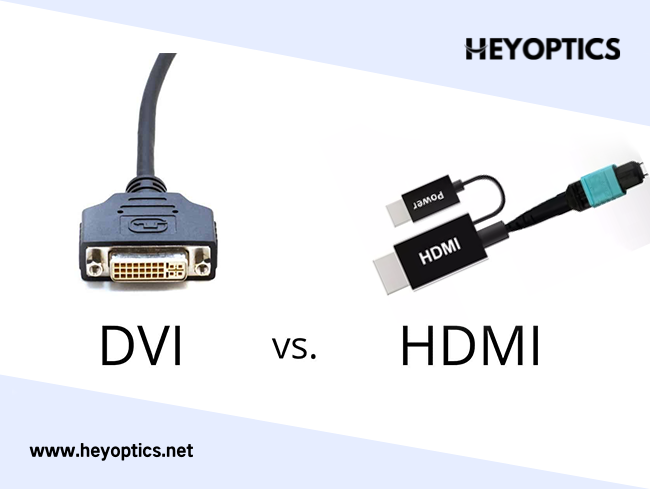Hub vs Switch: What’s the Difference?
For the most part, network switches perform the same as hubs. They are all capable of transferring data from one computer to another. For Ethernet switches, it is sometimes called a hub. In other cases, some people prefer to use the two terms to refer to boxes that have a similar appearance. There is a big difference between a hub and a switch. To differentiate them, we will introduce some basics and applications of Ethernet hubs and switches.
What is Hub?
Conventionally, a hub works on the physical layer or layer 1 of the Open Systems Interconnection (OSI) model. It connects multiple Ethernet devices on one network. Then making all these devices work together as a single network. The hub does not examine the data it receives or sends. Thus, when a packet arrives at one port, it is just copied to the other ports and seen by all segments of the LAN.
Hubs are also known as Ethernet hubs and multiport repeaters, which gives you some idea of the level of activity that they provide. Hubs don’t offer any processing power. They just copy any incoming data onto all the other connected cables.
As it doesn’t perform any processing, the hub does not need to look at any information in the header of any incoming packets or data frames. It doesn’t make any decisions over what destination the data is intended for.
Why use a hub?
Hubs cut costs because they don’t need any complicated onboard computing power or operating system. However, they also create a lot of traffic. Every cable receives all of the data sent by all of the other cables connected to the switch, whether it can use that data or not. That large amount of traffic isn’t much of a problem for the endpoints on the network because network cards are programmed to only pay attention to transmissions that have the right MAC address in their headers.
The main problem with a hub is that it can slow down traffic if it has a lot of cables connected to it. This is because it can only process one incoming data stream at a time and copying that incoming data is inevitably going to take a little time. The more endpoints that are connected to the hub, the more likely it is that several of them will want to send data at the same time. To head off this performance limit, manufacturers usually produce hubs with only four or five ports.
Where to use a hub?
Hubs provide value for money for small networks. They can be linked to larger networks with more complex network equipment. Traffic handling means that you are unlikely to have a hub near the main originator or destination of the data. You don't have a hub that delivers data to the router and then to the endpoint. Conversely, a hub can function in a larger network by providing a small segment without much traffic.
What is a switch?
Switches are the most widely encountered devices on networks. This is because they were originally designed to connect links on private networks while routers are meant to connect networks.
You have already seen how a hub works. A switch operates in the same way but with one important difference – it only copies incoming data onto one connected cable. This straightforward difference drastically cuts down on network traffic.
The switch associates an address with each of its ports. Switches manage data frames, which have headers that contain source and destination addresses. Those addresses relate to the network card on the other end of each cable that is plugged into the switch. Each network card is embedded into an endpoint, such as a PC or a printer. The addresses are called MAC addresses – MAC stands for “media access controller.”
So, when a data frame arrives at one port, the switch reads the destination address in its header and copies the frame onto the port that is associated with that MAC address.
Why use a switch?
Switches are efficient. They produce much less network traffic than hubs and they specialize in linking together devices rather than connecting whole networks, like routers. The tasks of each switch are very simple, but when working in concert, several switches can easily transmit data around a relatively complicated and extensive network.
To build up a network, engineers connect switches. So one port on the switch will relate to many addresses. Switches teach themselves what address lies at the other end of each cable that is plugged into it so they are very easy to install. Although switches don’t require much processing power, the onboard chips of these devices are capable of managing traffic through queuing algorithms, compiling statistics, and copying data for analysis (acting as a splitter).
Most switches are pre-installed with an SNMP agent. This works along the rules of the Simple Network Management Protocol to provide regular status reports and notify a central controller when problems arise.
Hub vs. Switch
Here are the differences between Hub and Switch:
| Hub | Switch |
| A hub operates on the physical layer. | A switch operates on the data link layer. |
| Hubs perform frame flooding that can be unicast, multicast, or broadcast. | It performs broadcast, then the unicast and multicast as needed. |
| Just a singular domain of collision is present in a hub. | Varied ports have separate collision domains. |
| Transmission mode is Half-duplex | Transmission mode is Full duplex |
| Hubs operates as a Layer 1 devices per the OSI model. | Network switches help you to operate at Layer 2 of the OSI model. |
| To connect a network of personal computers should be joined through a central hub. | Allow connecting multiple devices and ports. |
| Uses electrical signal orbits | Uses frame & packet |
| Does not offer Spanning-Tree | Multiple Spanning-Tree is possible |
| Collisions occur mostly in setups using hubs. | No collisions occur in a full-duplex switch. |
| Hub is a passive device | A switch is an active device |
| A network hub can’t store MAC addresses. | Switches use CAM (Content Accessible Memory) that can be accessed by ASIC (Application Specific Integrated Chips). |
| Not an intelligent device | Intelligent device |
| Its speed is up to 10 Mbps | 10/100 Mbps, 1 Gbps, 10 Gbps |
| Does not use software | Has software for administration |
Main Difference
A Hub is a networking device that allows you to connect multiple PCs to a single network, whereas a Switch connects various devices on a single computer network.
A Hub operates on the physical layer, whereas Switch operates on the data link layer.
Hub uses a Half-duplex cable. On the other hand, Switch uses Full duplex cables
Hub is a passive device while the switch is an active device
Hub uses electrical signal orbits while switch uses frame & packet
Hub and switch are both used in LAN
Hub Advantages and disadvantages
Hub Advantages
- Low cost
- Good for small businesses
- Suitable for networks with few endpoints
- Low traffic
Hub Disadvantages
- High volume hubs can be as expensive as switches
- Typical hubs will slow traffic if used for more than a few endpoints
- Don’t offer any monitoring feedback
- Made obsolete by WiFi hubs
Switch Advantages and Disadvantages
Switch Advantages
Essential network equipment
- A range of types
- A wide price range
- Self-calibrating
Switch Disadvantages
- Can get overloaded
- Advanced switches with traffic shaping capabilities are expensive
Conclusion
Typically, Ethernet hubs are used in the same network as switches. Hubs extend the network by providing more ports. An Ethernet switch, on the other hand, divides the network into smaller, less congested parts. You can choose Ethernet switches or hubs according to your different needs.



